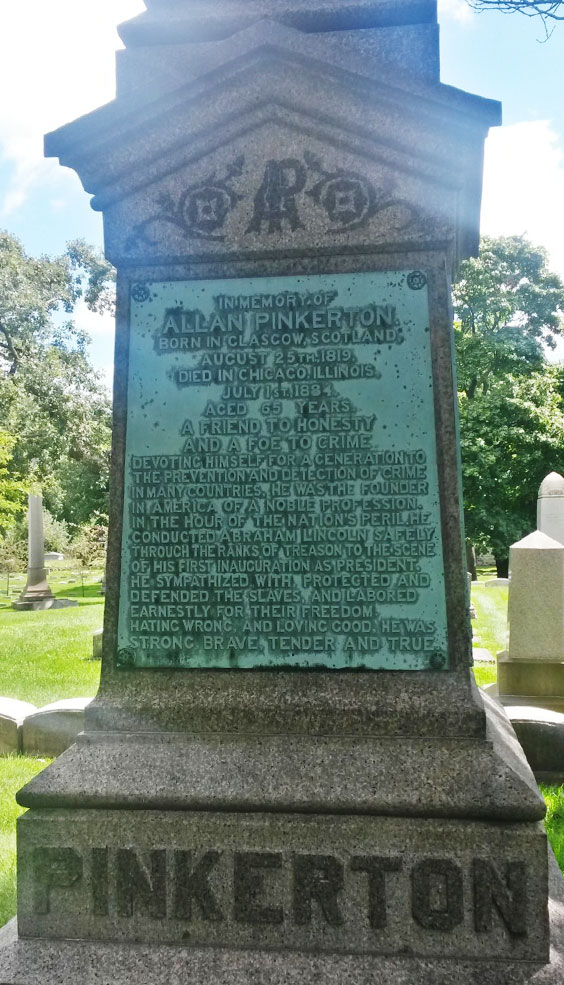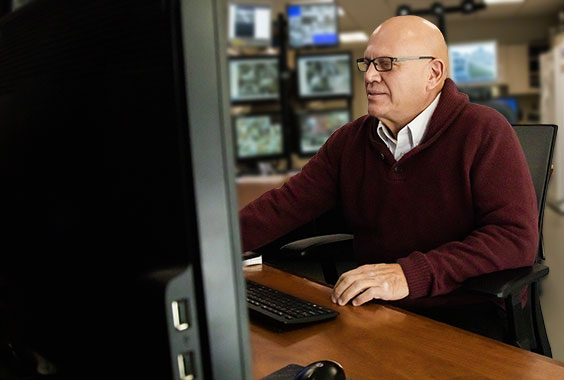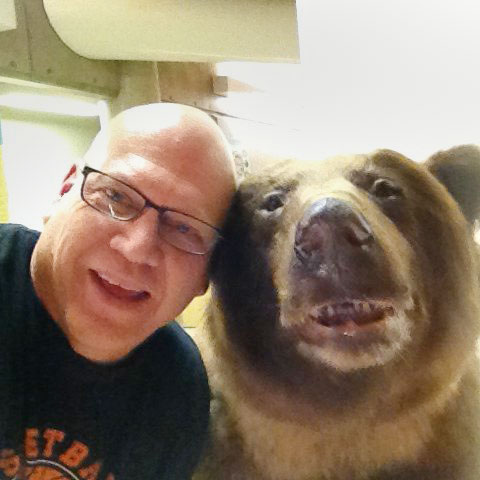In the late 1840s a recent Scottish emigrant changed careers quite by accident. Unfulfilled working as an employee of a Chicago barrel-making company, he moved 50 miles north to Dundee Township, Illinois, where he engaged in cooperage as an entrepreneur. While collecting wood for use in his barrel production, he happened upon a clandestine group of men actively involved in a counterfeiting operation. Careful surveillance of the group and the appropriately timed notification of the local sheriff began the transformation of Allan Pinkerton from barrel maker into the most well-known security expert in the 19th century.

Allan Pinkerton is buried in Graceland Cemetery in Chicago. Part of his epitaph reads, “Devoting himself for a generation to the prevention and detection of crime."
Having a general knowledge of the backgrounds of my fellow security team members, I would suspect our collective stories are more like Allan Pinkerton’s than not. The backgrounds of the security officers include, but are not limited to, security, construction, emergency medicine, military, high tech, consulting, juvenile corrections, and law enforcement. Many divergent paths have brought us to a common place in time with the primary goals of assuring the safety and security of both visitors and staff at the North Dakota Heritage Center & State Museum and the protection of its holdings and property. The myriad of experience and training that resides in the collective ethos of the security team produces a synergistic environment of protection for the ND Heritage Center. All my coworkers seem to have a genuine interest in one or more of the different aspects of historical inquiry that is on display or stored at State Museum.
A primary responsibility of the security team is to maintain a presence on the floor of the State Museum during hours open to the public. The time spent on the floor is a critical part of our daily duties. Time spent with “boots on the ground” helps provide customer service and safety in many different ways. Engaging visitors in order to find out a little about their story is an incredibly empowering experience. Pared down to the foundational building blocks, isn’t “story” the bedrock of what we do at the ND Heritage Center? In addition to customer interaction, careful observance of the physical environment of the museum is of prime importance. Promoting conduct appropriate to a cultural institution ensures visitor safety and collection protection. In addition to providing a physical presence in the publicly accessible areas of the ND Heritage Center, security personnel make scheduled inspections of mechanical, telecom, office, artifact, and archival storage areas.
Security has a ubiquitous electronic presence not only here at the ND Heritage Center but also at many state historic sites. The State Historical Society’s security control room is the epicenter of monitoring and responding to alarm and trouble notifications, video systems, and telephone calls. Using a football analogy, when assigned to the control room, it is advantageous to take on a linebacker’s attitude of playing with your “head on a swivel.” As one of the primary points of ingress and egress to the facility, the security control center is a hub of activity during the day. As opposed to encountering the public at the main entrances, we have the privilege of greeting employees and their guests, contractors, and deliveries in addition to issuing badges and the aforementioned system monitoring responsibilities.

Keith monitoring the State Historical Society’s security system.
Understanding the importance of preserving and presenting North Dakota’s place in history is at the heart of why we are here. In his novel Requiem for a Nun, author William Faulkner famously stated, “All of us labor in webs spun long before we were born, webs of heredity and environment, of desire and consequence, of history and eternity. Haunted by wrong turns and roads not taken, we pursue images perceived as new but whose providence dates to the dim dramas of childhood, which are themselves but ripples of consequence echoing down the generations.” For me, it is salient to create a safe and friendly environment for those who choose to listen for those faint echoes.
Guest Blogger: Keith Smith
 Originally from southern California, Keith Smith moved to Bismarck in 2017 to be closer to his grandkids, following significant stops in Phoenix, Arizona, and Logan, Utah. He became a security officer at the ND Heritage Center & State Museum in spring 2019. He has been married for 38 years and graduated from the University of Wyoming—Go Pokes!
Originally from southern California, Keith Smith moved to Bismarck in 2017 to be closer to his grandkids, following significant stops in Phoenix, Arizona, and Logan, Utah. He became a security officer at the ND Heritage Center & State Museum in spring 2019. He has been married for 38 years and graduated from the University of Wyoming—Go Pokes!

